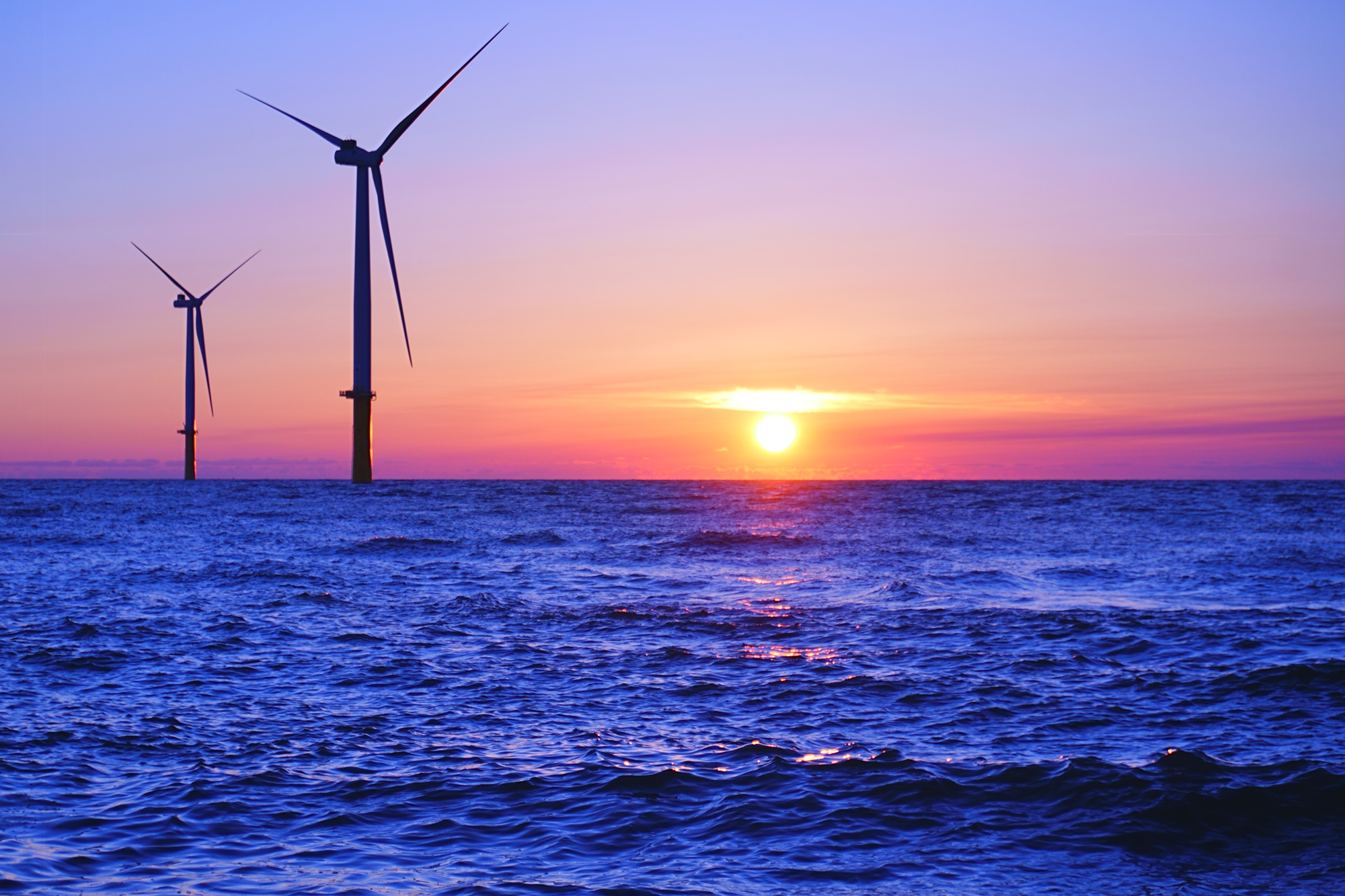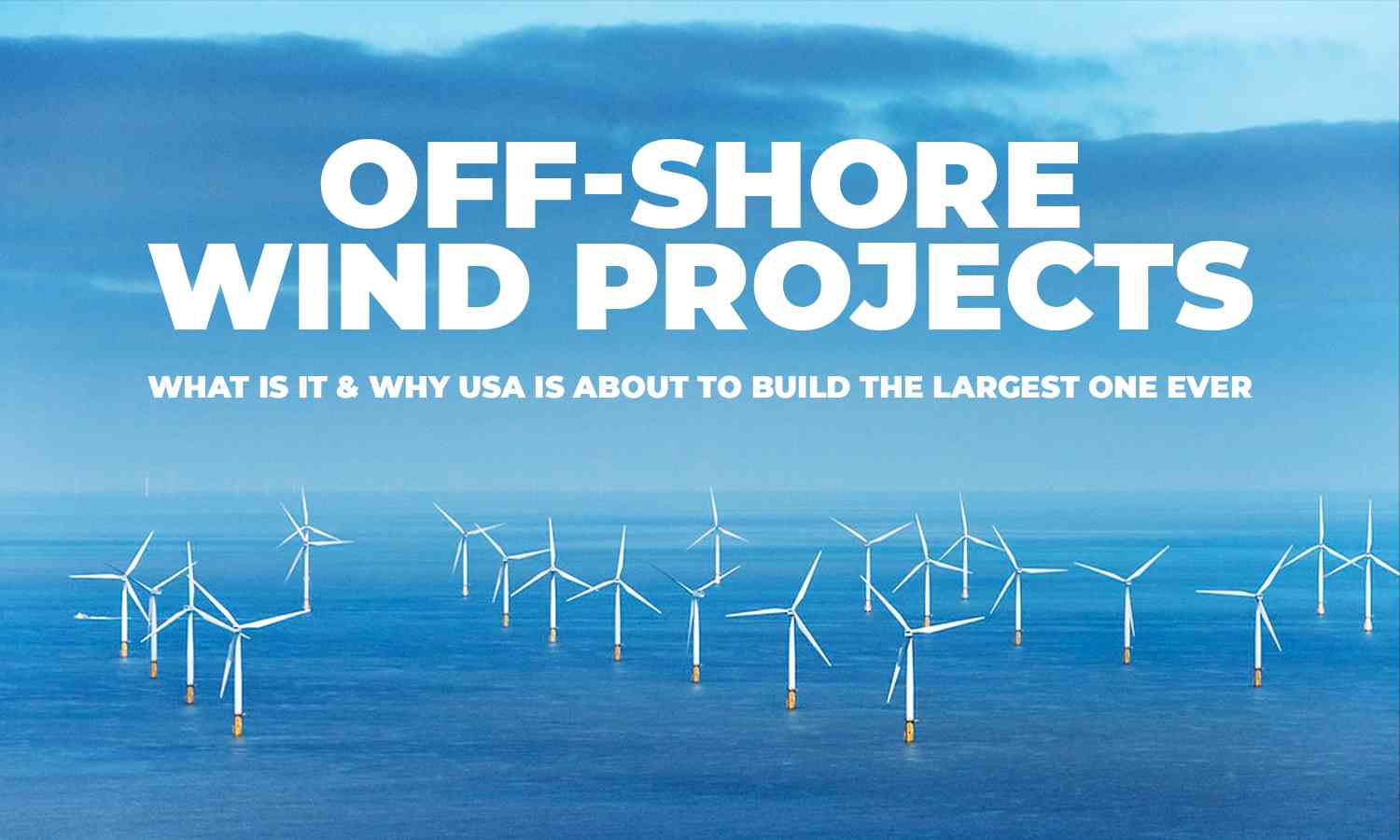The Biden administration has granted approval for the construction of the largest offshore wind farm in the United States, a milestone in the country's shift towards clean energy. Dominion Energy's Coastal Virginia Offshore Wind (CVOW) project, situated 23.5 nautical miles off Virginia Beach, represents the fifth such offshore wind initiative supported by the Biden administration. Despite criticism from environmentalists for permitting new fossil fuel leases, Interior Secretary Deb Haaland emphasised that this decision underscores the government's dedication to a "clean energy future," one that addresses the climate crisis, reduces energy expenses, and generates employment opportunities.
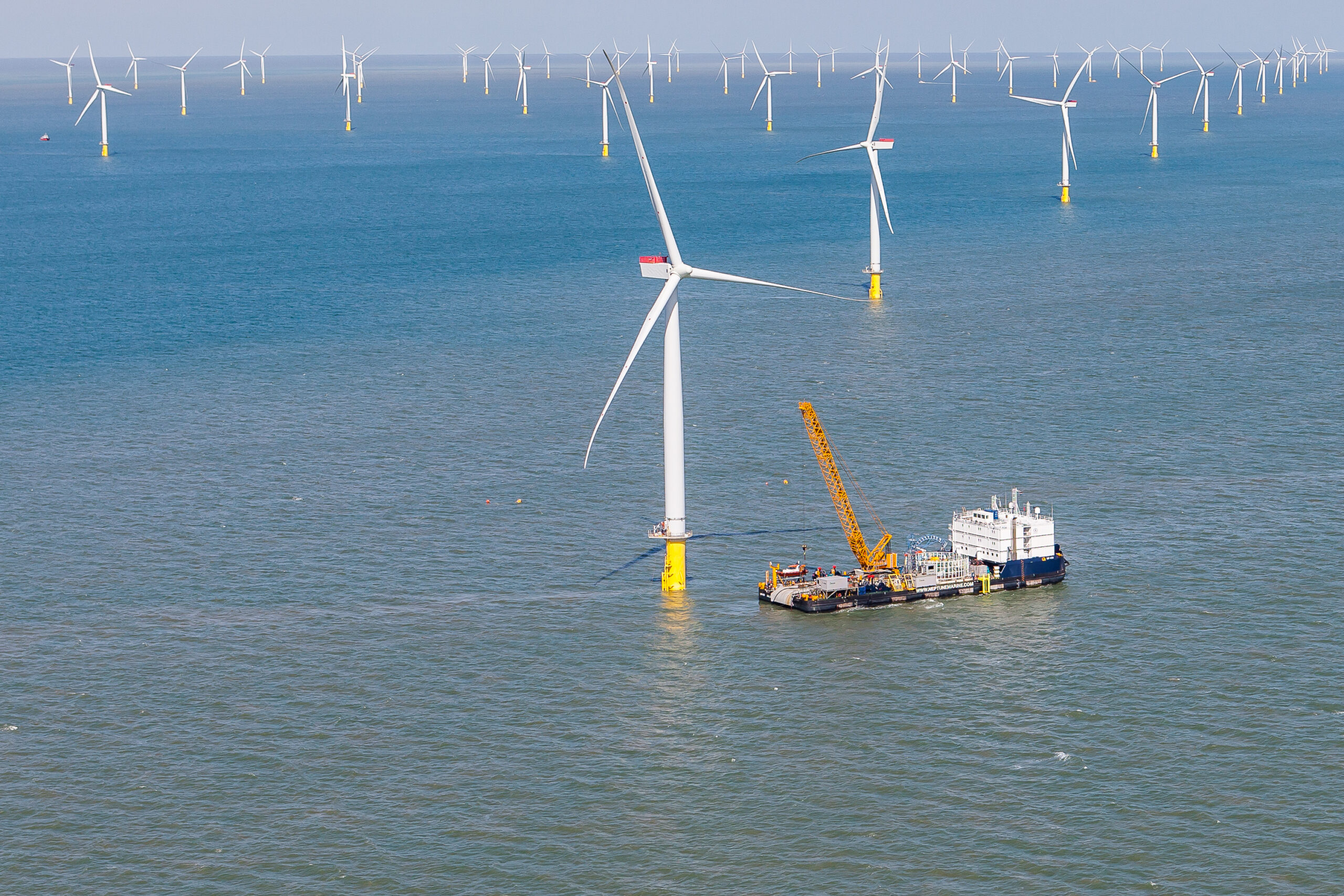
The CVOW project is anticipated to create numerous jobs in both the construction and operational phases, while also fostering regional economic growth. Collectively, the five recently approved offshore wind projects are projected to contribute five gigawatts of energy to the national grid, with over half of it coming from CVOW at 2.6 gigawatts. The United States has set an ambitious target of achieving 30 gigawatts of wind energy by 2030, aligning with broader commitments to achieve net-zero carbon emissions by 2050 and a carbon-free power sector by 2035. However, the wind energy sector in the U.S. has faced challenges due to bottlenecks in leasing and permitting processes. A comparative analysis by the Center for American Progress indicates that Europe's wind industry is significantly ahead, boasting a 2020 generation capacity of 25 gigawatts according to Wind Europe—hundreds of times greater than the current U.S. capacity.
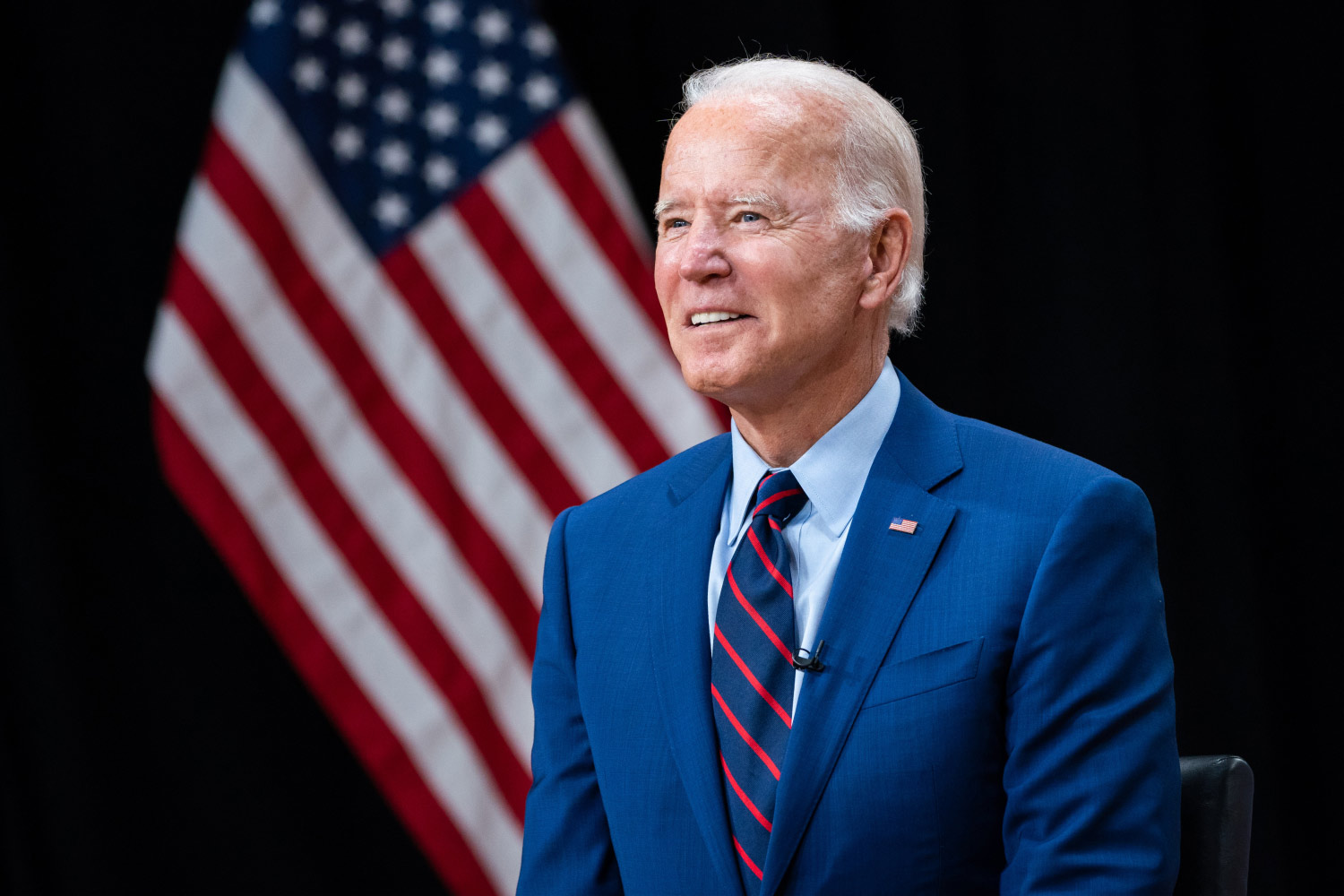
Bob Blue, Dominion Energy's Chair, President, and CEO, expressed confidence in the project's progress, noting that the installation of 176 turbines is slated to commence in 2024 and conclude in late 2026, remaining on schedule and within budget. Dominion estimates that the project will provide clean energy for approximately 660,000 homes. This approval follows a recent announcement of the administration's intention to auction three new oil and gas leases in the Gulf of Mexico, a move criticised by environmental groups for its potential to exacerbate climate change. Despite Biden's initial moratorium on new drilling, legal challenges and the complex dynamics of Congress have presented obstacles to his efforts in this regard.
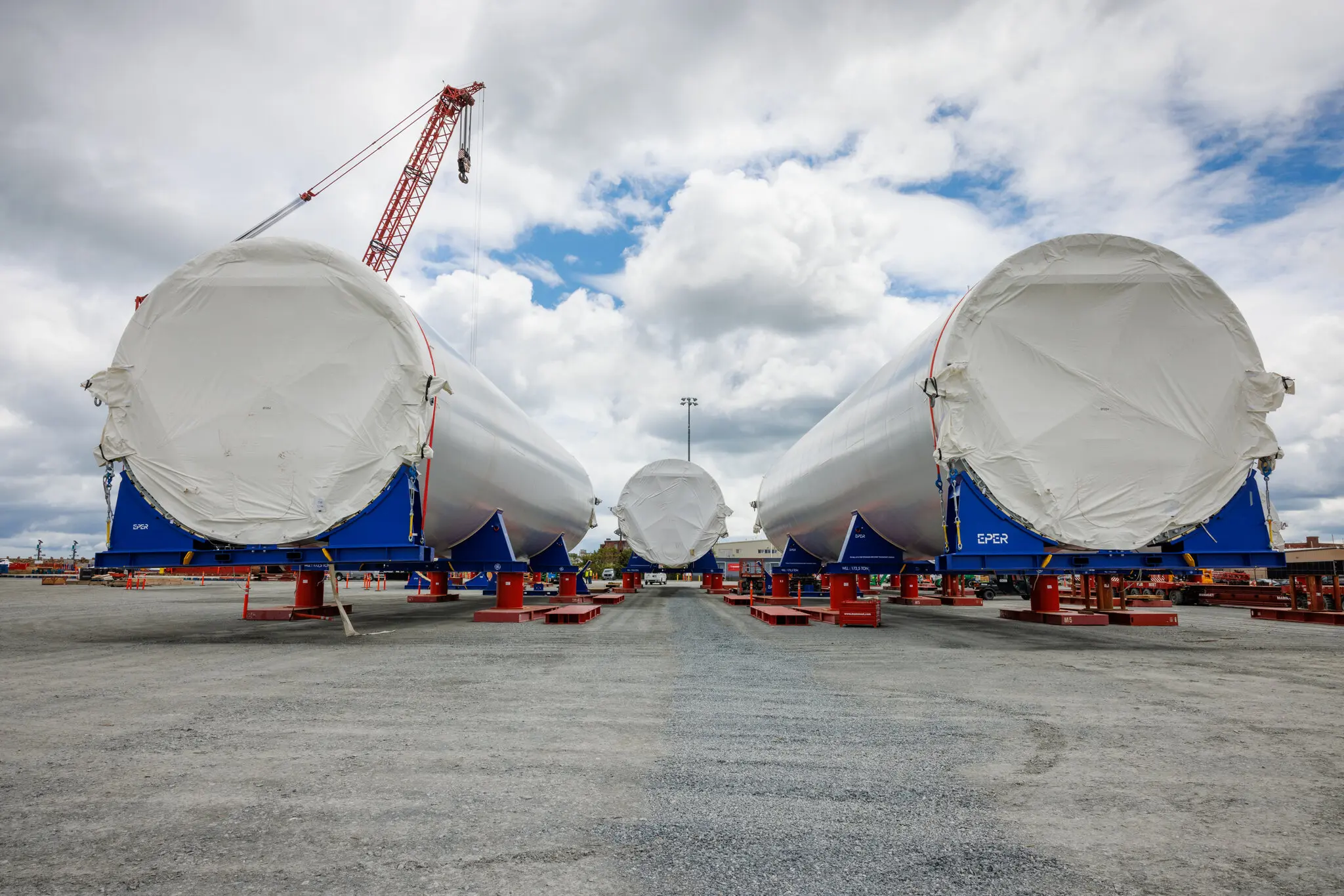
What are Off-Shore Wind Projects?
Off-shore wind projects involve the installation of wind turbines in bodies of water, such as oceans or seas, to harness the energy of the wind and convert it into electricity. According to the Global Wind Energy Council, the global capacity of off-shore wind energy reached over 35 gigawatts (GW) by the end of 2020, with projections indicating a rapid growth in the coming years. Off-shore wind farms are strategically positioned to take advantage of consistent and powerful wind resources, which tend to be stronger and more reliable compared to onshore locations. For example, a study conducted by the European Wind Energy Association found that off-shore wind speeds are on average 50% higher than onshore speeds, resulting in increased energy production. Furthermore, off-shore wind projects help mitigate environmental impacts by avoiding conflicts with land use and minimising visual disruptions to communities. This makes them an attractive option for meeting renewable energy targets and reducing greenhouse gas emissions. As governments and industries worldwide continue to invest in sustainable energy solutions, off-shore wind projects are poised to play a significant role in the transition to a cleaner and more sustainable energy future.
